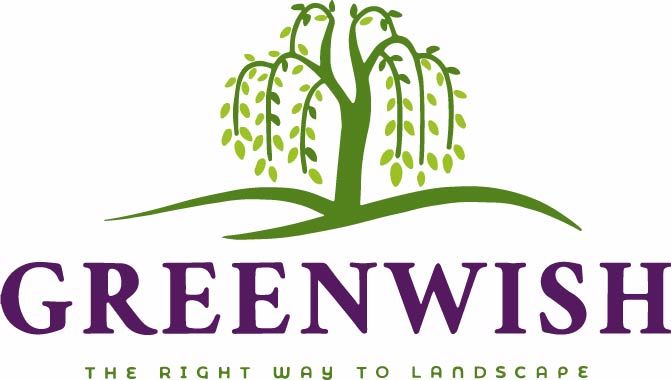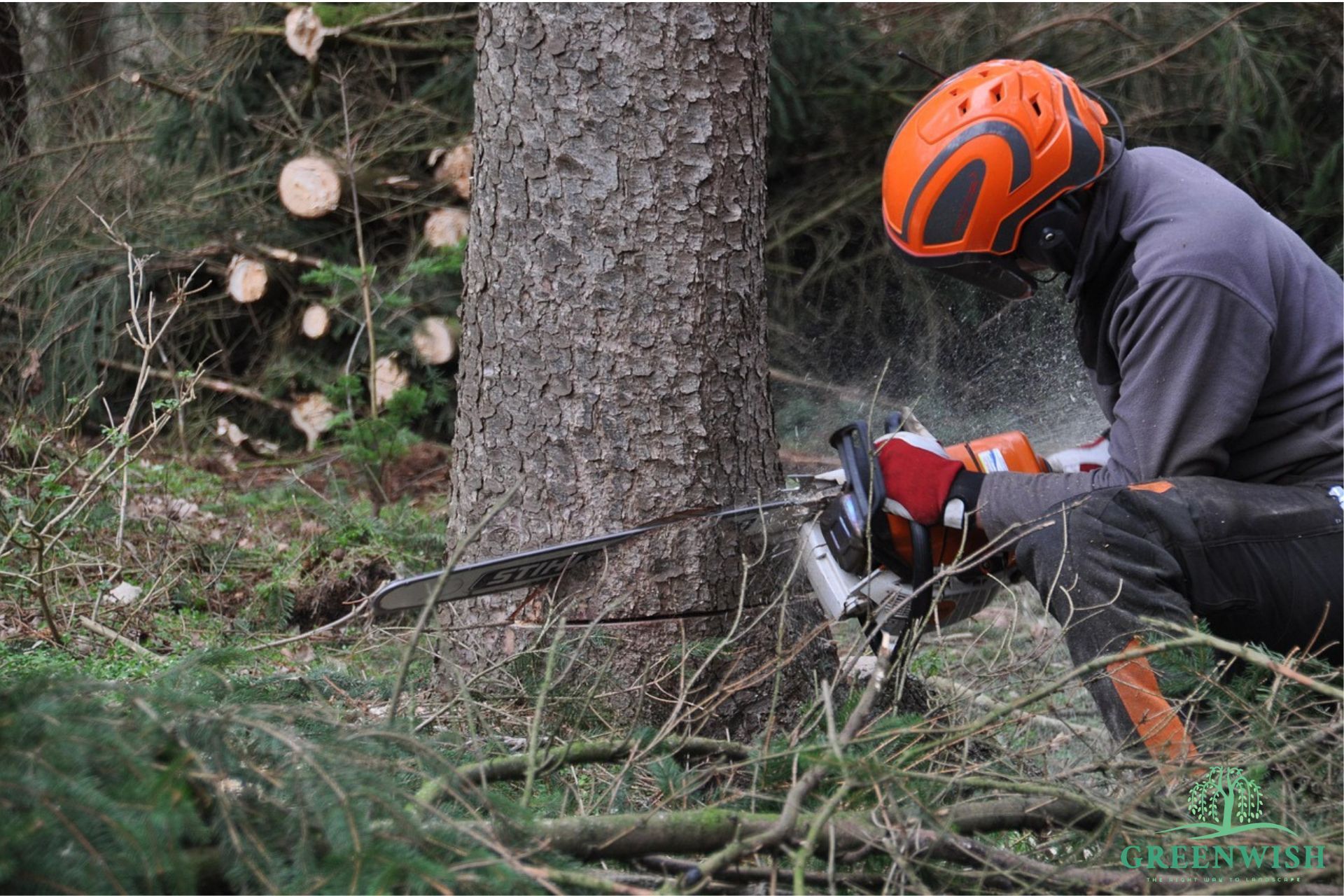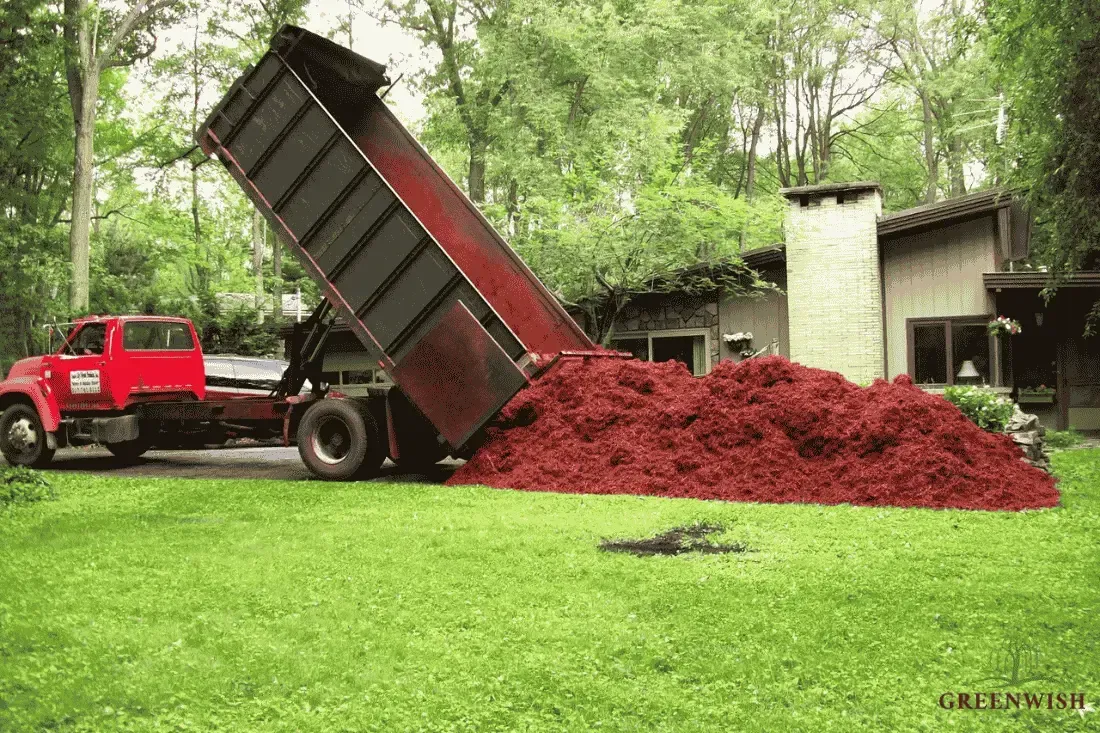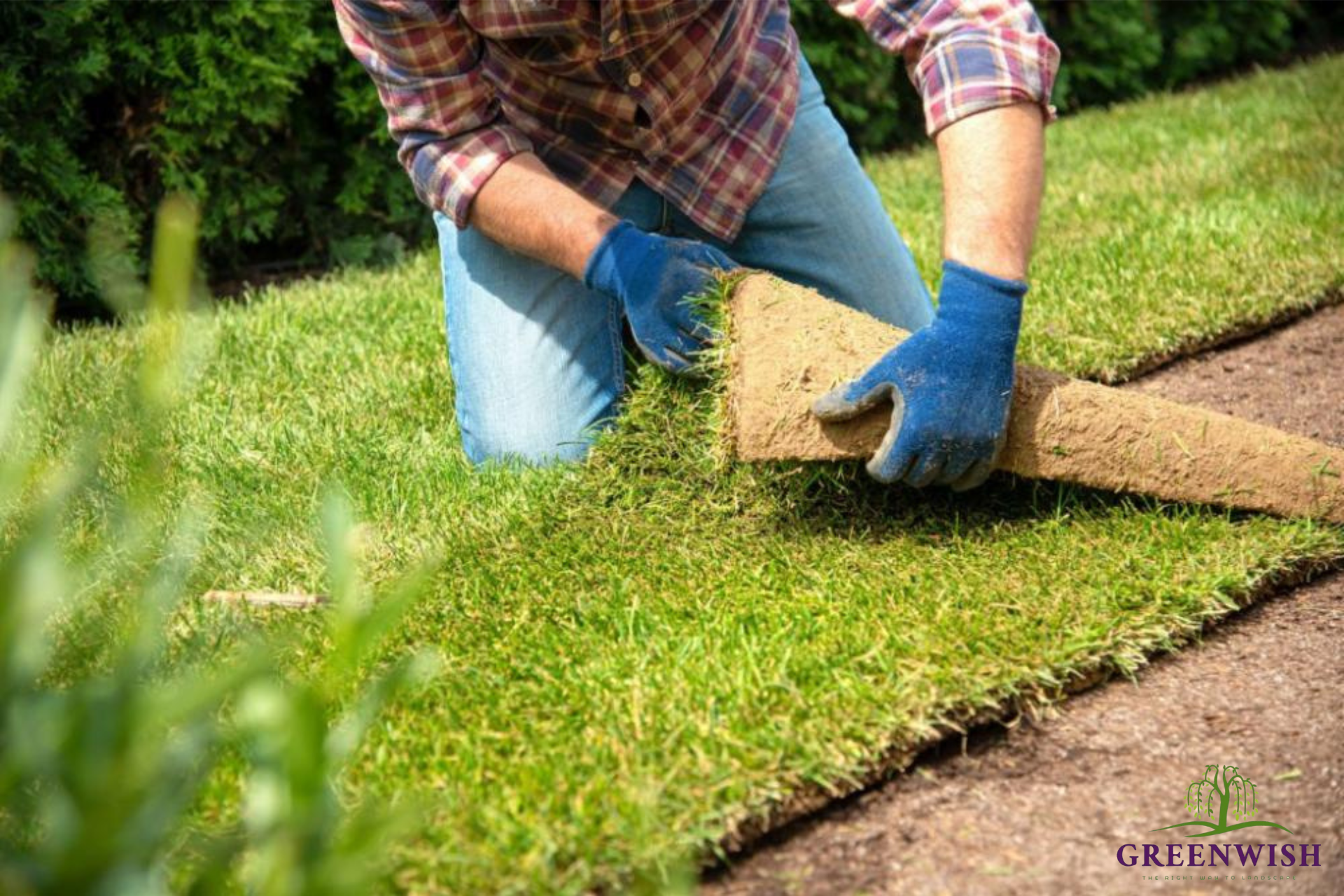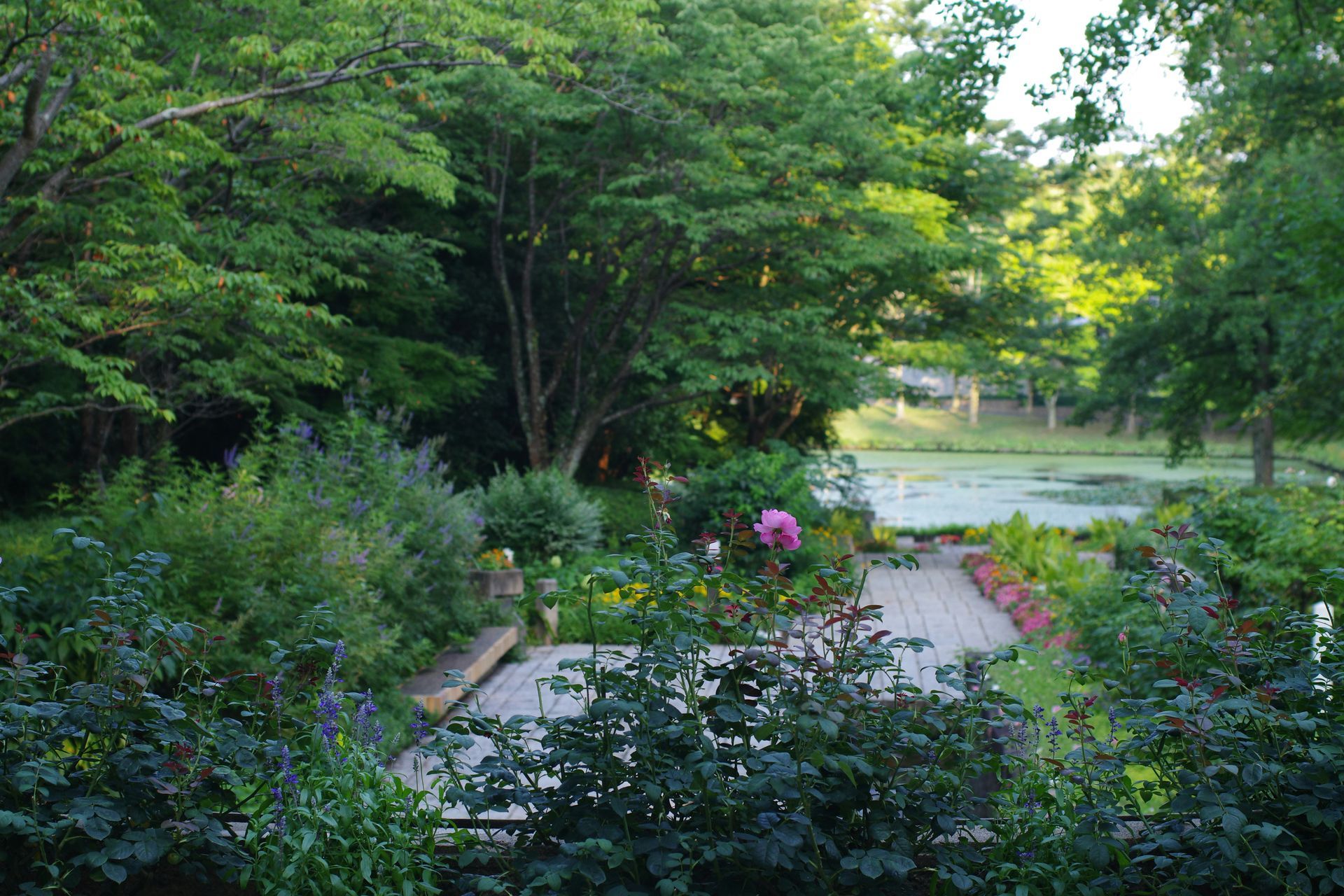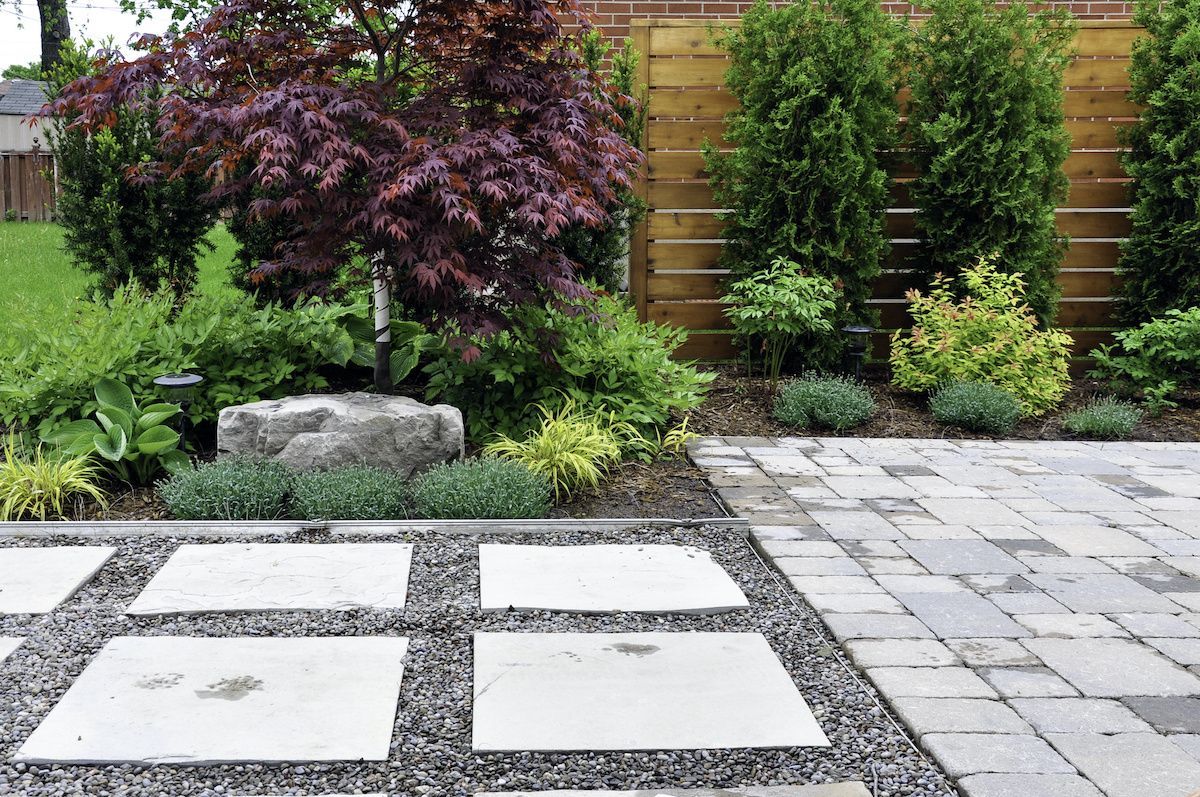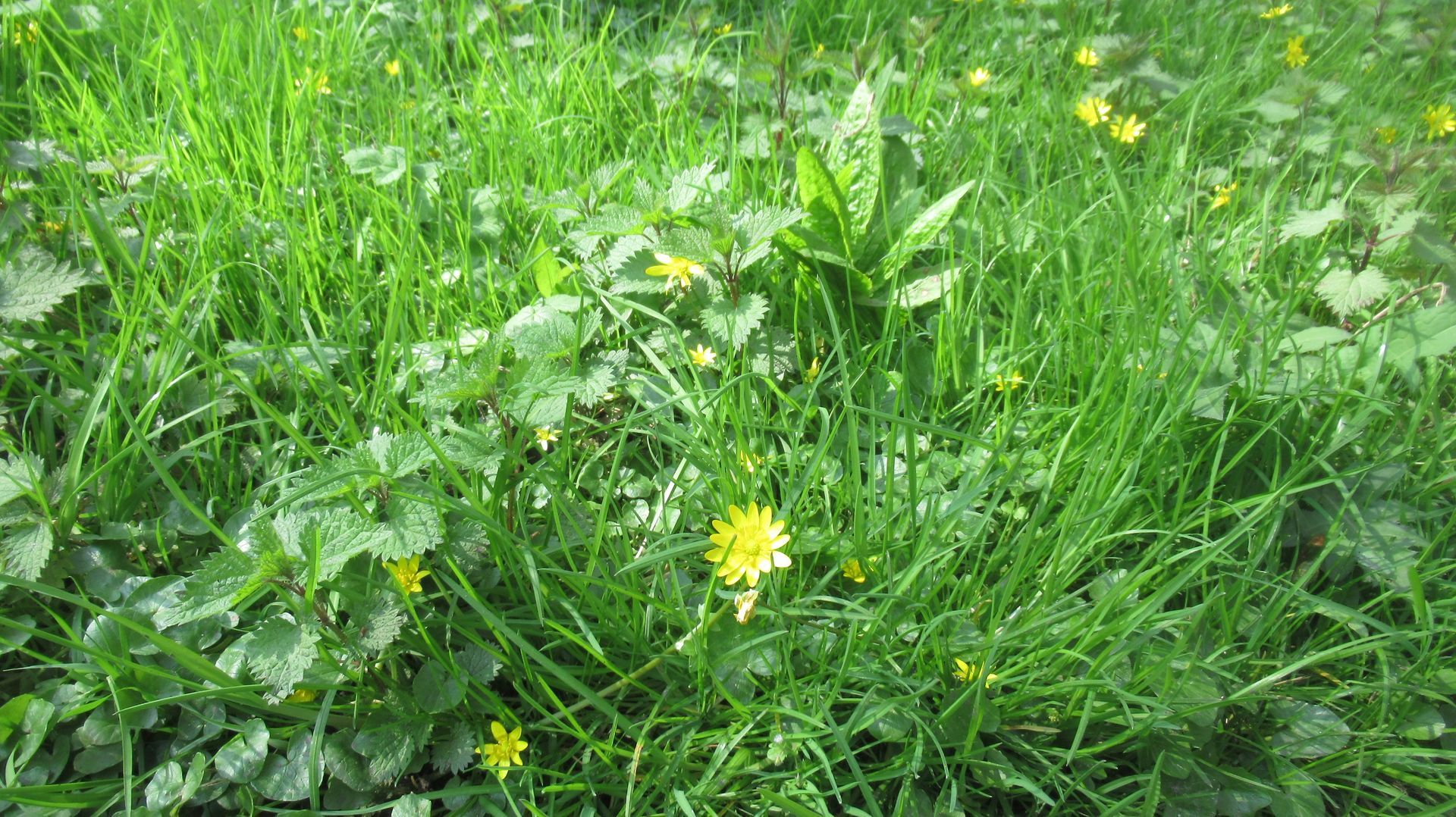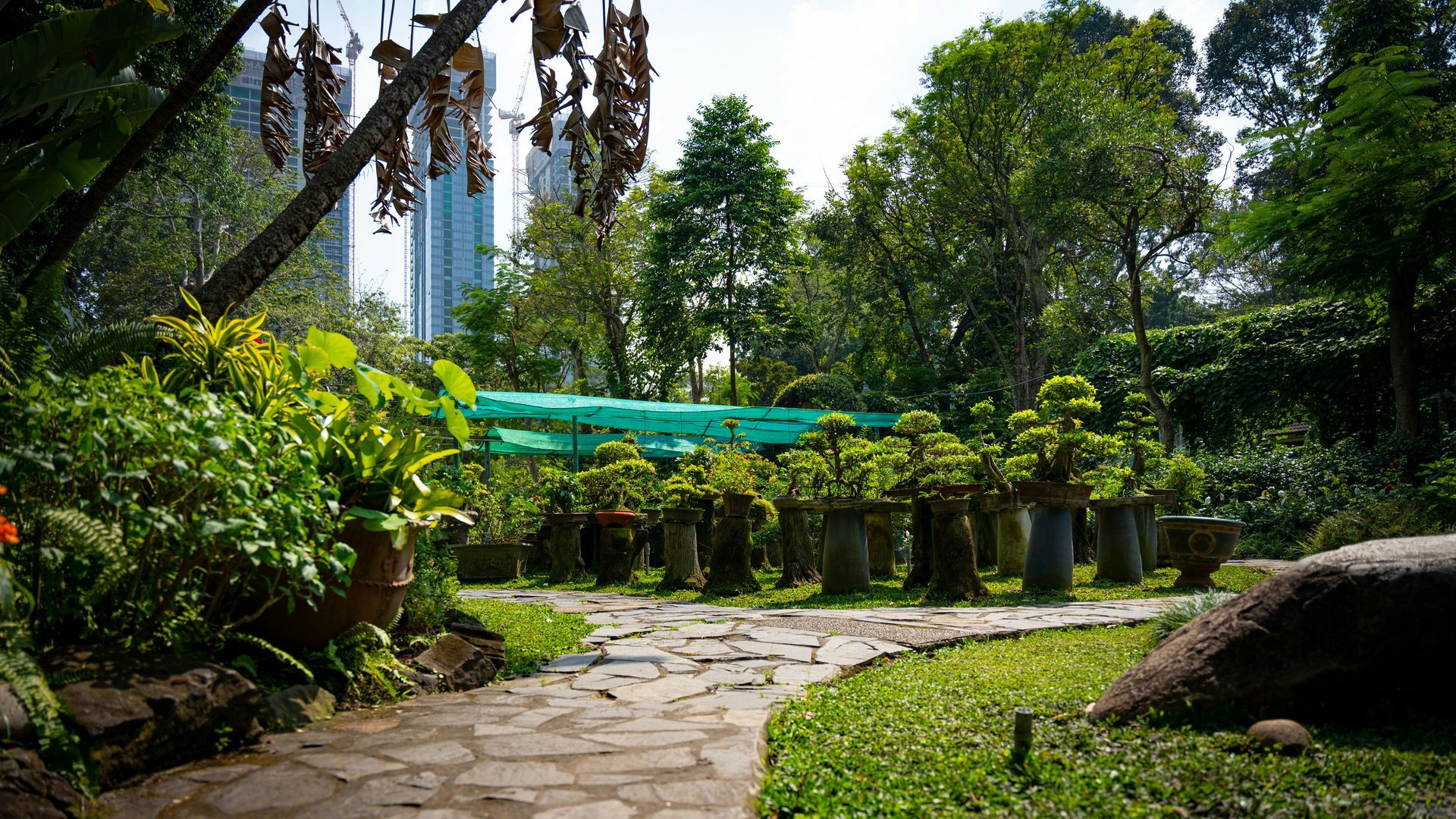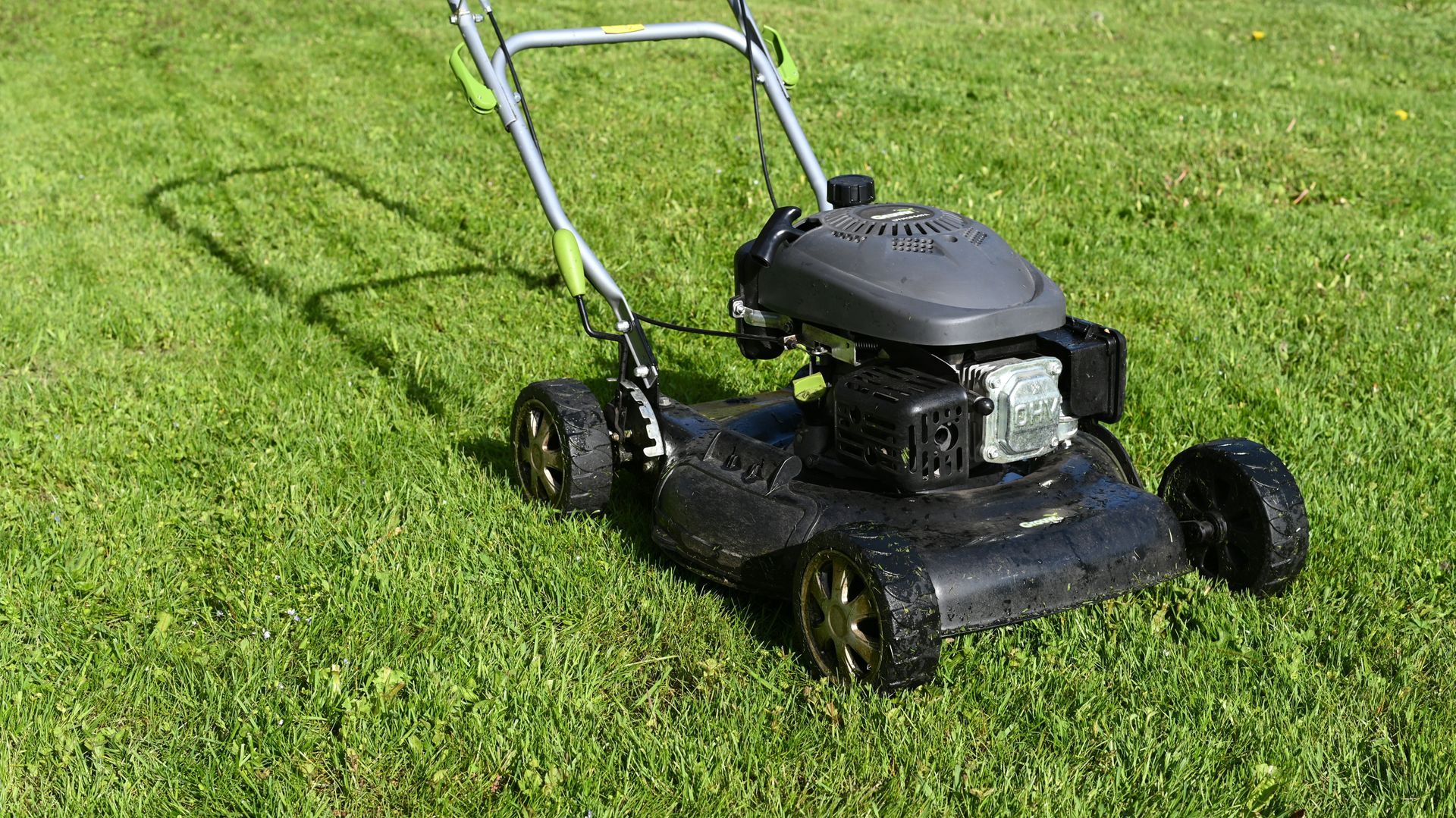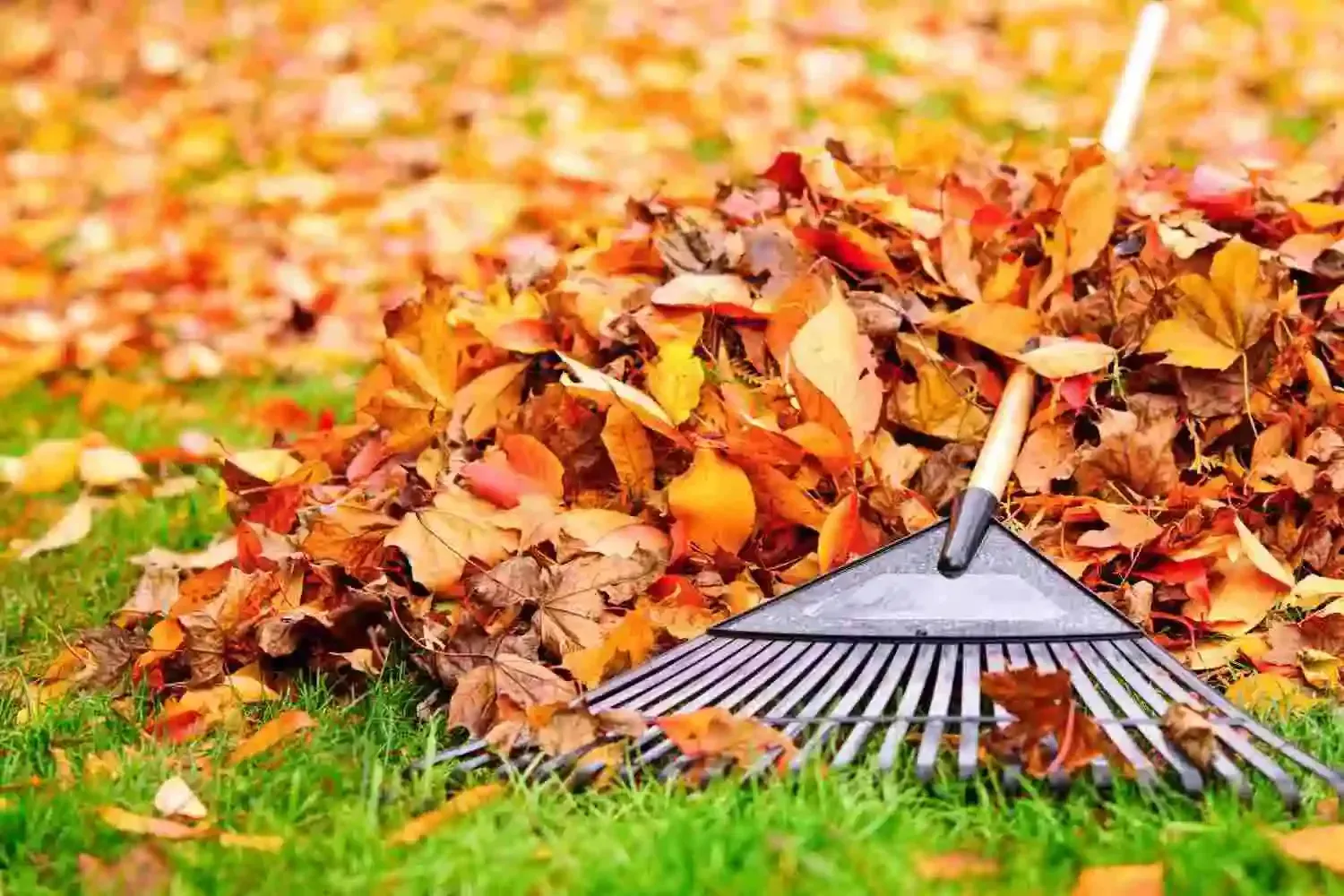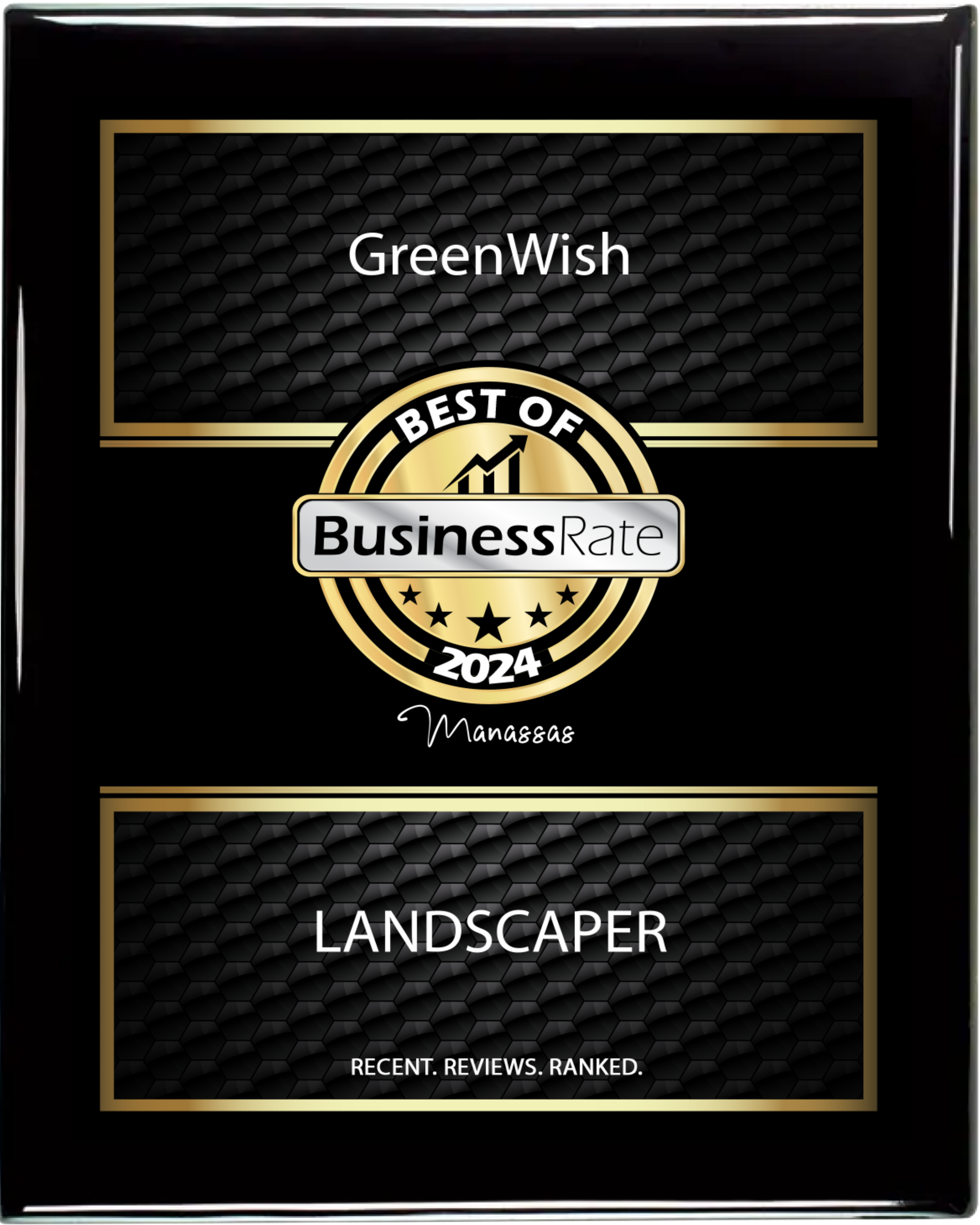Commercial Landscaping Costs: Rates, ROI & Hardscaping Perks You Can't Ignore
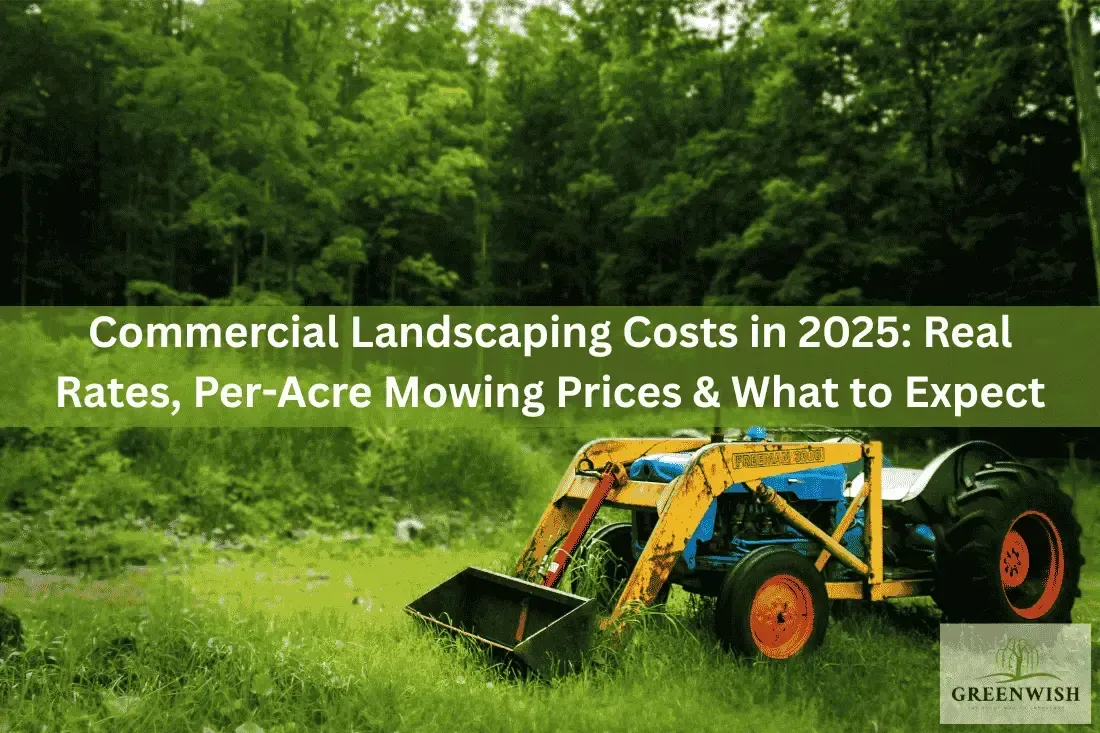
Let’s not sugarcoat this—commercial landscaping is expensive. And confusing. If you’re a business owner, property manager, or facility director, you’ve probably heard ten different quotes from ten different companies… and none of them tell you what’s actually going on.
You’re not just paying for “some guy with a mower.” You’re paying for curb appeal, client perception, tenant satisfaction—and a whole lot of labor behind the scenes.
So let’s cut through the noise. This guide breaks down what commercial landscaping really costs in 2025. No vague averages. No salesy BS. Just the real numbers, how pricing works, and what you should expect before signing any contract.
So… How Much Does Commercial Landscaping Actually Cost?
Here’s the deal: there’s no magic number. Landscaping costs aren’t flat—they scale with the size of your property, what you want done, how often you want it, and who you hire. That said, I’m not gonna leave you hanging.
Let’s talk numbers.
- Basic commercial lawn care (such as mowing, trimming, blowing) would cost you $50 to $100 per visit for small lots and up to $1,500+ per month for larger properties.
- If you're paying per acre, commercial mowing rates usually land between $60 and $150 per acre, depending on terrain, frequency, and equipment used.
- Want a full-service package? That’s where you start hitting $5,000 to $24,000+ per year—especially if you’re adding seasonal cleanups, irrigation, planting, mulching, and snow removal.
But here's what no one tells you: landscaping companies don’t just charge for labor. You're paying for consistency, timing, trained crew members, and—frankly—the peace of mind that you won’t get a tenant complaint because the place looks like a jungle.
What Are You Actually Paying For?
Let’s break it down. When a landscaping company sends you a quote, it’s not just for cutting grass and calling it a day. Commercial landscaping is a full-blown maintenance operation.
Here’s what usually gets bundled in:
- Mowing & Edging – Standard stuff, but needs to be done like clockwork.
- Fertilization & Weed Control – Because patchy grass and crabgrass scream, “we don’t care.”
- Mulching – Not just for looks—this helps with soil health and moisture control.
- Pruning & Trimming – Overgrown hedges make your place look abandoned. Clean lines = sharp brand impression.
- Seasonal Cleanups – Spring/fall prep, leaf removal, storm debris.
- Irrigation System Checks – No dead grass zones or geysers from broken sprinklers.
- Snow & Ice Management (if you're up north) – Liability insurance’s best friend.
Bottom line: you're paying for appearances and function. A sharp-looking landscape builds trust and shows your business isn’t cutting corners—even outside.
Commercial Mowing Rates Per Acre in 2025
Here’s the thing—commercial mowing doesn’t follow a flat, one-size-fits-all rate. It depends on a bunch of variables: property size, terrain, frequency, and even what kind of equipment is needed.
But let’s talk ballpark numbers.
- Small flat lots (1–2 acres) — You’re probably looking at $60–$90 per acre.
- Mid-size areas (3–10 acres) — Expect rates around $45–$70 per acre, depending on access and complexity.
- Large properties (10+ acres) — Bulk pricing kicks in. You might get down to $30–$50 per acre, especially if it’s wide-open, no-obstacle land.
Keep in mind, if your property has slopes, fences, or tight areas that need push mowing… expect those numbers to go up.
Also—if you’re just mowing once in a blue moon, that’s gonna cost more than setting up a regular weekly or bi-weekly schedule. (Consistency = lower rates.)
Want to know how much to charge yourself if you're the one quoting a 20-acre job? The industry rule is: factor in labor, fuel, equipment wear, and overhead. A 20-acre mow could range between $800 to $1,200, depending on your setup.
What Actually Affects Commercial Landscaping Costs
Alright—let’s stop treating “landscaping cost” like it’s some mystery number pulled out of thin air. The truth is, your final quote comes down to a handful of real, tangible factors.
1. Size of the Property
Obvious but overlooked. A 1-acre office park won’t cost the same as a 20-acre hospital campus. More ground = more labor, fuel, time.
2. Service Frequency
Are we talking weekly mowing? Monthly touch-ups? One-time seasonal clean-up? The more consistent the service, the lower the per-visit cost tends to be.
3. Complexity of the Job
Flat grass is one thing. But throw in flower beds, irrigation zones, tree trimming, hedging, edging, and leaf blowing—and suddenly, you're building out a whole team just to maintain it.
4. Equipment & Crew Size
More specialized work = higher-skilled crew and advanced equipment. And those zero-turn mowers and commercial-grade trimmers? Not cheap to run or maintain.
5. Location
Prices swing based on local labor costs and competition. Landscapers in Northern Virginia? Expect higher rates than rural Texas. (Which is why you’ll often see “commercial landscaping cost near me” trending in search.)
So yeah—it’s not just grass and sunshine. There’s a lot more under the hood when you're figuring out true commercial landscaping cost per square foot.
Want a Rough Number? Use a Commercial Landscaping Cost Estimator
If you're the kind of person who wants to know, “Just give me a ballpark already,” then cost calculators are your best friend.
These tools take your basic info—like property size, service frequency, and location—and give you an estimated range. It won’t be exact, but it’s a solid starting point.
Try searching:
- "commercial landscaping cost calculator"
- "commercial mowing rates per acre calculator"
- "landscaping cost per square foot estimate"
It’s quick. It’s free. And it saves you from getting ghosted after 3 quote requests.
What to Expect from the Best Commercial Landscaping Companies in Northern Virginia
Let’s be honest—if you're hiring a commercial landscaping company, you don’t just want someone who shows up with a mower and disappears.
Here’s what the top companies in Northern Virginia are actually offering:
- Detailed site assessments (they don’t just eyeball it and throw a number at you)
- Tailored maintenance plans that fit your business hours and budget
- Reliable scheduling—no no-shows, no “we’ll come next week” excuses
- Full-service crews who handle everything from mowing to seasonal cleanups to irrigation systems
- Transparent pricing, clear communication, and contracts that make sense
You’re not just paying for labor. You’re paying for peace of mind. You’re trusting someone with your first impression—because let’s be real, if your property looks like a jungle, it doesn’t matter how polished your pitch is.
Want to get top-tier service? Look for companies with good local reviews, long-term clients, and a track record of showing up before they’re asked.
Your 2025 Action Plan: Budget Smart, Win Big
Before you go ahead and sign that next contract, make sure to check a few important things:
1. Look into the tiered pricing for every acre, especially if you're dealing with larger sites over 5 acres.
2. Consider bundling your services into monthly packages – you could save anywhere from 10% to 20%!
3. Take a moment to review three add-ons—and really ask yourself if you need that $7K irrigation upgrade.
4. Don’t hesitate to ask for sustainability metrics, like how much water you'll save and what percentage of native species you're incorporating.
5. Finally, run a commercial landscaping cost calculator for those personalized estimates.
Remember, your landscape acts as a silent salesperson. Immaculate hardscapes can subtly suggest a premium vibe, while native gardens proudly announce that you’re eco-friendly and innovative. In the ever-evolving market of 2025, this kind of messaging could translate into big bucks for tenant retention and enhancing property value
Conclusion
Think about your budget the way you would if the future were riding on it—because it really kind of is! Managing your money wisely today shapes your tomorrow. So, take it seriously; it’s like securing a better life for yourself down the road. This guide gives you a great shot at getting rid of unnecessary charges. But if you’re still stuck and can’t figure things out on your own, then don’t worry. Just contact our experts at Greenwish LLC.
Need a custom quote? Tell us about your property and we’ll do the commercial landscaping cost calculation for you
Take A Look At What People Are Talking About
Real Questions. Straight Answers. No Fluff.
1. How much does commercial landscaping cost?
It depends on what you need—but on average, expect $50–$100 per hour, or $4–$15 per square foot annually. Big properties? Monthly retainers or per-acre pricing usually kick in.
2. How do you quote commercial landscaping jobs?
Start with square footage, factor in labor, frequency, complexity (like tree work or irrigation), and location. Then add a buffer—because weather and last-minute changes are real.
3. What’s considered commercial landscaping?
Anything that maintains or enhances the outdoor space of a business property—mowing, mulching, trimming, irrigation, snow removal, seasonal cleanups, the works.
4. How much to charge to mow 20 acres?
Per-acre mowing usually ranges between $50–$100. For 20 acres, that’s roughly $1,000–$2,000 per visit depending on terrain, frequency, and regional pricing.
5. How to price commercial mowing jobs?
Use a base per-acre rate, add equipment costs, labor, fuel, and any special conditions like slopes or heavy brush. Always walk the site if you can—pictures lie.
6. What counts as “commercial mowing”?
It’s lawn care done on business properties, government land, schools, apartment complexes—basically, anything that isn’t a private backyard.
7. What do most landscapers charge per hour?
Typically between $50–$100/hour, but bigger jobs often use flat monthly fees or per-square-foot pricing instead.
